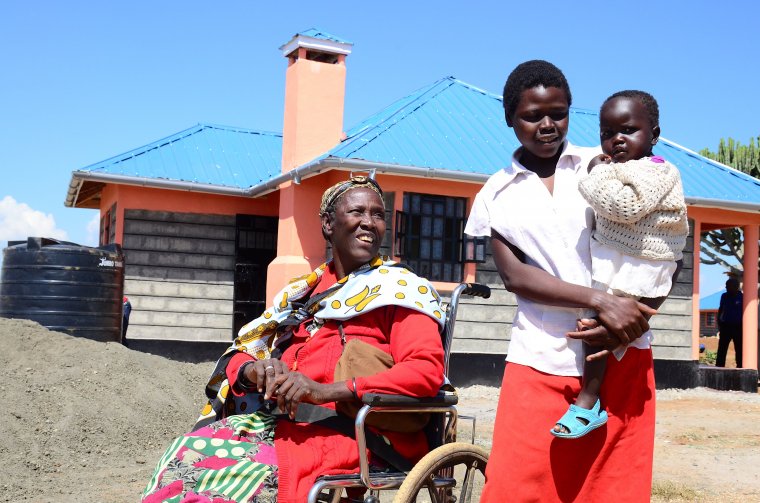Laikipia County
Our Project sites:
Nanyuki and Rumuruti since 2016
Our Projects:
Orphans and Vulnerable Group Housing, WASH, COVID-19 Response, Advocacy for security of tenure, Livelihood improvement for Youth and women groups, and Community Infrastructure i.e. schools
Achievements since 2016:
- Constructed 61 houses (25 in Rumuruti and 36 in Nanyuki) and an equivalent number of toilets and installed 2000-litre water tanks for poor and vulnerable households.
- Constructed classrooms and sanitation facilities in Mukima Secondary school and Mbombo Primary school.
- Constructed two community water boreholes in Kariunga and Kandutura villages.
- Sensitized community members on hygiene and sanitation to prevent the spread of COVID-19; distributed hygiene kits, and installed hand wash station in marketplaces.
- Provided cash relief to 160 households affected by the COVID-19 pandemic
- Through Habitat for Humanity Kenya’s advocacy efforts, in 2017, the Laikipia County Assembly tabled a motion and approved an allocation of 50-acres of land for squatters in the Kandutura settlement, Rumuruti. The area was then officially surveyed and sub-divided by the Lands Registry. It was the first step towards rebuilding the livelihood of this community. So far, over 400 families have already received title deeds.
County Fact Sheet:
Laikipia County is located within the Rift Valley region of Kenya. It has a population of 541,985 people. It covers an area size of 9,462km2 and is ranked as the 15th largest County in Kenya by land size. The county is subdivided into the following sub-counties; Laikipia West, Laikipia West, Laikipia North, Laikipia Central, and Nyahururu. The key economic activities in this region are ranching, crop farming, dairy farming, and trade.
The poverty rate at the county stands at 57.3% compared to the national rate of 44.9%. The HIV prevalence is 3.7% which is quite low than the national rate of 26.0% (Laikipia County HIV Strategic Plan, 2017-2020). According to the current Laikipia County Integrated Development Plan (2018-2022), the registered number of households headed by children under 15 years is estimated at 2,743, while the number of orphans is 1,600. The registered number of elderly persons above 70 years is 13,136. The number of children living with disabilities is estimated at 464, while the number of adults is 2,947. The average household size in Laikipia county is 4 members.
Housing Needs
Rapid urbanization and temporary employment in the county have fueled the emergence of squatters and new settlement schemes in the county. The squatter problem has increased the need for housing, water, and health services in an already constrained system. Most houses in the county are semi-permanent structures that consist of timber walls, earthen floors, and corrugated iron-sheets roofs. Over 80% of the shelters have corrugated iron sheets roofs. Similarly, the commonly used walling material is wood at 46% of total households. The majority of the houses (67%) have earthen floors.
WASH Needs
Laikipia County is largely arid and semi-arid and is therefore prone to water scarcity. The available water infrastructures are unable to retain water through the dry season. 49% of the population relies on unimproved water sources and approximately 31% of residents use unimproved sanitation. The average distance to water points is 5km.
Security of Tenure:
The percentage of landowners with title deeds is 65.3%. This low percentage is partially attributed to absentee landlords, long land adjudication and transfer processes. Incidences of landlessness in Laikipia county are quite high due to the high number of squatters who total to about 4,712.
(Source: Laikipia CIDP, Kenya Census 2019, HFH-Kenya Needs Assessment, 2020).
Our Project sites:
Nanyuki and Rumuruti since 2016
Our Projects:
Orphans and Vulnerable Group Housing, WASH, COVID-19 Response, Advocacy for security of tenure, Livelihood improvement for Youth and women groups, and Community Infrastructure i.e. schools
Achievements since 2016:
- Constructed 61 houses (25 in Rumuruti and 36 in Nanyuki) and an equivalent number of toilets and installed 2000-litre water tanks for poor and vulnerable households.
- Constructed classrooms and sanitation facilities in Mukima Secondary school and Mbombo Primary school.
- Constructed two community water boreholes in Kariunga and Kandutura villages.
- Sensitized community members on hygiene and sanitation to prevent the spread of COVID-19; distributed hygiene kits, and installed hand wash station in marketplaces.
- Provided cash relief to 160 households affected by the COVID-19 pandemic
- Through Habitat for Humanity Kenya’s advocacy efforts, in 2017, the Laikipia County Assembly tabled a motion and approved an allocation of 50-acres of land for squatters in the Kandutura settlement, Rumuruti. The area was then officially surveyed and sub-divided by the Lands Registry. It was the first step towards rebuilding the livelihood of this community. So far, over 400 families have already received title deeds.
County Fact Sheet:
Laikipia County is located within the Rift Valley region of Kenya. It has a population of 541,985 people. It covers an area size of 9,462km2 and is ranked as the 15th largest County in Kenya by land size. The county is subdivided into the following sub-counties; Laikipia West, Laikipia West, Laikipia North, Laikipia Central, and Nyahururu. The key economic activities in this region are ranching, crop farming, dairy farming, and trade.
The poverty rate at the county stands at 57.3% compared to the national rate of 44.9%. The HIV prevalence is 3.7% which is quite low than the national rate of 26.0% (Laikipia County HIV Strategic Plan, 2017-2020). According to the current Laikipia County Integrated Development Plan (2018-2022), the registered number of households headed by children under 15 years is estimated at 2,743, while the number of orphans is 1,600. The registered number of elderly persons above 70 years is 13,136. The number of children living with disabilities is estimated at 464, while the number of adults is 2,947. The average household size in Laikipia county is 4 members.
Housing Needs
Rapid urbanization and temporary employment in the county have fueled the emergence of squatters and new settlement schemes in the county. The squatter problem has increased the need for housing, water, and health services in an already constrained system. Most houses in the county are semi-permanent structures that consist of timber walls, earthen floors, and corrugated iron-sheets roofs. Over 80% of the shelters have corrugated iron sheets roofs. Similarly, the commonly used walling material is wood at 46% of total households. The majority of the houses (67%) have earthen floors.
WASH Needs
Laikipia County is largely arid and semi-arid and is therefore prone to water scarcity. The available water infrastructures are unable to retain water through the dry season. 49% of the population relies on unimproved water sources and approximately 31% of residents use unimproved sanitation. The average distance to water points is 5km.
Security of Tenure:
The percentage of landowners with title deeds is 65.3%. This low percentage is partially attributed to absentee landlords, long land adjudication and transfer processes. Incidences of landlessness in Laikipia county are quite high due to the high number of squatters who total to about 4,712.
(Source: Laikipia CIDP, Kenya Census 2019, HFH-Kenya Needs Assessment, 2020).


